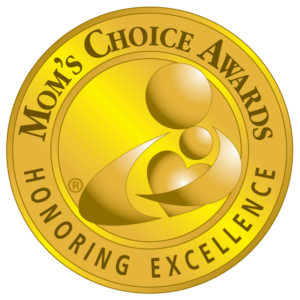
Published on:
The U.S. Department of Health and Human Services (HHS) just released its 2022 National Strategy to Support Family Caregivers, a result of the work of two federal advisory councils. This is the first time the federal government has undertaken an attempt to examine, coordinate, and improve efforts to support family caregivers across a wide-ranging set of programs and diverse caregiver needs. The strategy coalesces around “a single shared vision: recognition and support for all family caregivers, regardless of age, background, circumstance, or location.”
The federal government is quick to acknowledge this strategy is only a “first step” to identify and address the needs of family caregivers. In this sense, the strategy serves as a baseline against which future action and results may be evaluated. In fact, the government already states that an update to the strategy will be published in 2024.
The 2022 National Strategy to Support Family Caregivers includes five overarching goals:
- GOAL 1: Achieving greater awareness of and outreach to family caregivers
- GOAL 2: Advancing partnerships and engagement with family caregivers
- GOAL 3: Strengthening services and supports for family caregivers
- GOAL 4: Improving financial and workplace security for family caregivers
- GOAL 5: More data, research, and evidence-based practices to support family caregivers
Each of the above goals is accompanied by outcomes that are sought in connection with the goal. There are a total of 27 desired outcomes, each of which corresponds with one of the five goals.
It was like a dream for me to read through the strategy’s goals and 27 desired outcomes. I would love to watch every single one of the 27 outcomes truly come to pass. Anyone who has been a family caregiver, or who has worked with family caregivers, can immediately recognize the personal and societal benefits associated with such aspirational objectives.
While these objectives collectively constitute a “North Star” for those on the journey to support family caregivers, action on the ground gives us a glimpse of how far we have to go. The RAISE Family Caregivers Act, which prompted the creation of this strategy, required that any identified federal actions occur within existing programs. Indeed, a careful reading of the document of 350 federal actions reveals that these actions were already ongoing or are mere adjustments to pre-existing processes and procedures. Furthermore, the “nearly 350 actions” cited do not remotely add up when a single action can be counted two, three, or even four times. (Yes, you read that correctly.)
As an aside, can I just mention how surreal it was for me to review this list of federal actions? My former employer—not just my employer, my former work unit—is referenced repeatedly in this document. I was working in CMS/DEHPG many years ago when my mother-in-law suddenly got a brain tumor. We were totally unprepared for that, and my personal family caregiving experience ultimately led me to leave national healthcare policy. I don’t know if it was a sense of wonder or irony that came over me as I read the actions which that particular organization is supposed to take to help family caregivers.
Back to the big news. Two more documents were released with the strategy and the list of federal actions. First Principles: Cross-Cutting Considerations for Family Caregiver Support espouses four considerations that “must be embedded in all support to family caregivers: 1) person- and family-centered care; 2) the impact of trauma on families; 3) advancing diversity, equity, inclusion, and accessibility; and 4) elevating direct care workers as essential partners to the family caregiver.” Finally, Actions for States, Communities, and Others is an invitation for states, communities, and other stakeholders to support caregivers in up to 150 ways that align with the strategy.
It’s important to note that no additional federal spending has been authorized in the strategy. For this reason, the recommendations for legislation and policy changes (Table 1) include a host of suggestions that would require new Congressional appropriations.
Accordingly, the strategy ushers in what promises to be a lengthy and ongoing public policy process. We all know that the wheels of government move slowly and that millions of family caregivers are helping their loved ones right now. Tomorrow’s changes in caregiver policy will be based upon the service and sacrifice of those who cared before. Until meaningful change arrives, family caregivers will keep on keeping on, just like they always do.
—————
Note: if you want to weigh in, the Administration on Community Living (ACL) will receive public comments on the 2022 National Strategy to Support Caregivers for 60 days beginning on October 1, 2022. You can receive information about how to comment by signing up for the ACL newsletter here.
Posted in Family Caregiving, News




